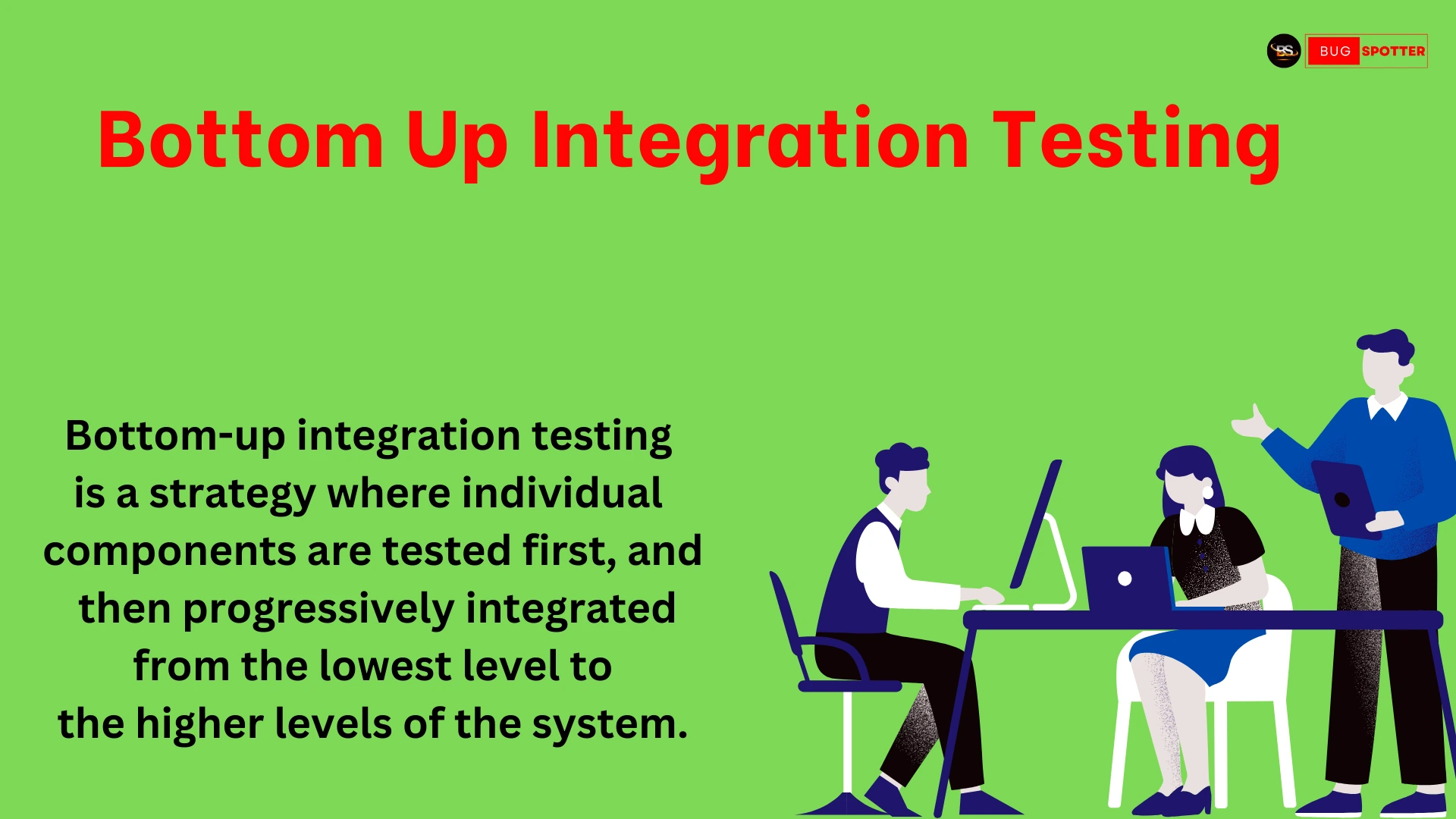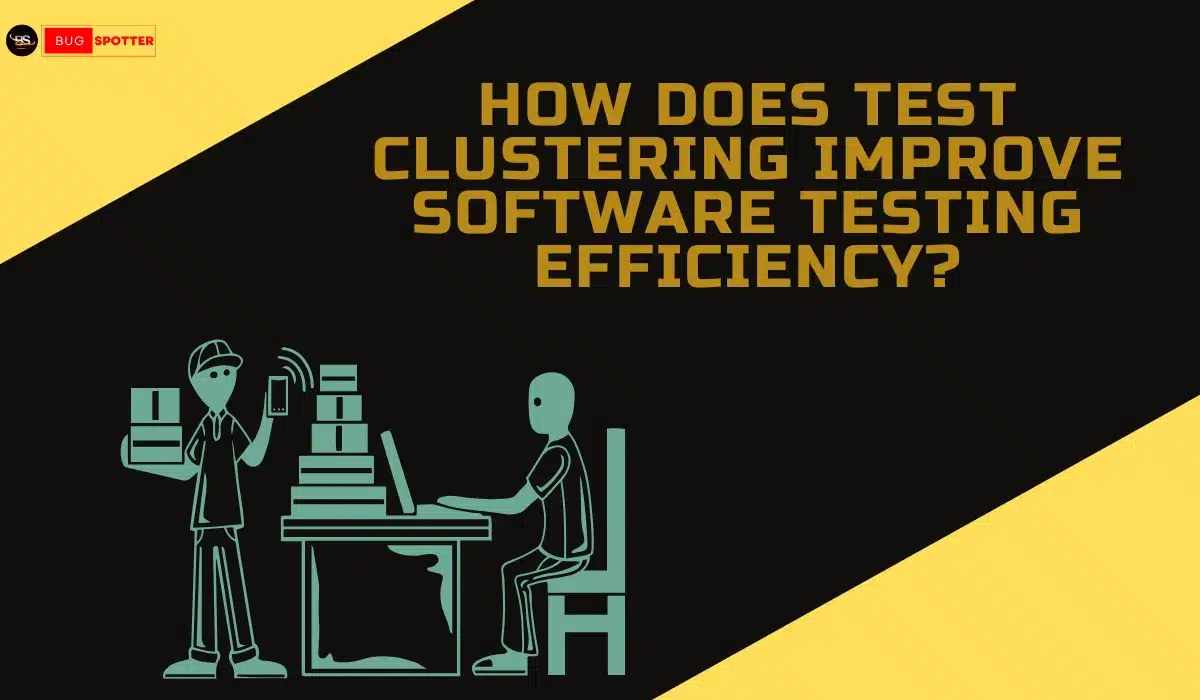How to Perform Survival Analysis in Data?

Perform Survival Analysis
Survival Analysis
Survival analysis is a powerful statistical technique used to analyze the expected duration of time until an event occurs. This technique is widely applied in various domains, including healthcare, engineering, and finance. Understanding survival analysis can help in predicting outcomes such as patient survival rates, customer churn, and product lifetimes. In this guide, we will delve into the key concepts, methodologies, and practical applications of survival analysis.
What is Survival Analysis?
Survival analysis is a statistical approach used to model time-to-event data. The “event” could be anything of interest, such as death, machine failure, or customer attrition. The primary goal is to estimate survival probabilities over time and understand the factors influencing event occurrences.
Key Terms in Survival Analysis
Survival Function (S(t)): The probability of an individual surviving beyond a given time .
Hazard Function (h(t)): The instantaneous rate of an event occurring at time , given survival until that point.
Censoring: When the event of interest has not occurred for some individuals by the end of the study.
Kaplan-Meier Estimator: A non-parametric method to estimate the survival function.
Cox Proportional-Hazards Model: A regression model used to identify the impact of covariates on survival time.
Why is Survival Analysis Important?
Survival analysis is crucial because it helps in understanding time-dependent processes and making data-driven decisions. Some key benefits include:
Predicting Outcomes: Helps estimate the probability of events like patient recovery or customer churn.
Risk Assessment: Identifies factors influencing event occurrences.
Decision Making: Provides insights for resource allocation in businesses and healthcare.
Performing Survival Analysis: Step-by-Step Guide
1. Data Preparation
Collect time-to-event data with features such as time, event occurrence (1 if event happened, 0 if censored), and relevant covariates.
Handle censored data appropriately to ensure accurate modeling.
2. Exploratory Data Analysis (EDA)
Check missing values and outliers.
Visualize survival distributions using Kaplan-Meier curves.
Compute summary statistics like median survival time.
3. Kaplan-Meier Estimator
from lifelines import KaplanMeierFitter
import pandas as pd
# Example dataset
data = pd.DataFrame({
'time': [5, 6, 6, 2, 4, 8, 10, 12],
'event': [1, 0, 1, 1, 0, 1, 1, 0]
})
kmf = KaplanMeierFitter()
kmf.fit(data['time'], event_observed=data['event'])
kmf.plot_survival_function()
4. Cox Proportional-Hazards Model
from lifelines import CoxPHFitter
cph = CoxPHFitter()
cph.fit(data, duration_col='time', event_col='event')
cph.print_summary()
Practical Applications of Survival Analysis
Healthcare: Estimating patient survival rates based on treatment plans.
Customer Retention: Predicting churn rates for subscription-based businesses.
Engineering: Assessing the reliability of mechanical components.
Finance: Evaluating the default probability of loans.
Marketing: Understanding product lifecycle and optimal marketing strategies.
Common Challenges and How to Address Them
Censoring: Ensure proper handling of right-censored and left-censored data.
Violations of Proportional Hazards Assumption: Check for time-dependent covariates.
Data Imbalance: Use resampling techniques if event occurrences are rare.
Overfitting in Cox Model: Apply regularization techniques like ridge regression if too many covariates are used.
Interpreting Results: Ensure that hazard ratios are appropriately contextualized for meaningful business insights.
Comparison with Similar Techniques
| Technique | Purpose |
|---|---|
| Survival Analysis | Estimates time-to-event probabilities |
| Logistic Regression | Predicts event occurrence (binary classification) |
| Time Series Analysis | Analyzes trends over time but does not model event durations |
| Decision Trees | Used for classification but lacks time-based modeling |
Best Practices for Survival Analysis
Use Kaplan-Meier for exploratory analysis.
Validate assumptions before applying the Cox model.
Visualize survival curves to understand patterns.
Consider alternative models like Weibull or Exponential for better fits.
Regularly cross-validate models to avoid overfitting and improve generalization.
FAQs
1. What is censoring in survival analysis?
Censoring occurs when the event of interest has not happened for some individuals by the study’s end.
2. When should I use the Cox proportional-hazards model?
Use the Cox model when analyzing how different factors impact survival time while assuming proportional hazards.
3. What are some real-world applications of survival analysis?
It is used in healthcare for patient prognosis, in business for customer retention analysis, and in engineering for reliability assessment.
Latest Posts
- All Posts
- Software Testing
- Uncategorized





Categories
- Artificial Intelligence (5)
- Best IT Training Institute Pune (9)
- Cloud (2)
- Data Analyst (55)
- Data Analyst Pro (15)
- data engineer (18)
- Data Science (104)
- Data Science Pro (20)
- Data Science Questions (6)
- Digital Marketing (4)
- Full Stack Development (7)
- Hiring News (41)
- HR (3)
- Jobs (3)
- News (1)
- Placements (2)
- SAM (4)
- Software Testing (70)
- Software Testing Pro (8)
- Uncategorized (33)
- Update (33)
Tags
- Artificial Intelligence (5)
- Best IT Training Institute Pune (9)
- Cloud (2)
- Data Analyst (55)
- Data Analyst Pro (15)
- data engineer (18)
- Data Science (104)
- Data Science Pro (20)
- Data Science Questions (6)
- Digital Marketing (4)
- Full Stack Development (7)
- Hiring News (41)
- HR (3)
- Jobs (3)
- News (1)
- Placements (2)
- SAM (4)
- Software Testing (70)
- Software Testing Pro (8)
- Uncategorized (33)
- Update (33)





